The integration of Machine Learning (ML) and Quantum Computing emerges as one of the most promising frontiers in the tech landscape, presenting transformative potential across industries and research domains. This book, “Machine Learning and Quantum Computing Guide for Humans,” is envisioned as a comprehensive yet accessible exploration of these two powerful fields, aimed at bridging the gap between theoretical foundations and practical applications for diverse audiences.
Machine Learning has profoundly impacted how data is analyzed and decisions are made, leveraging algorithms to identify patterns and derive insights from vast datasets. Meanwhile, Quantum Computing harnesses the counterintuitive principles of quantum mechanics—superposition, entanglement, and quantum interference—to perform computations beyond the reach of classical computers. The synergy between these fields, known as Quantum Machine Learning (QML), promises exponential acceleration in data processing and model training, opening new horizons in AI capabilities.
This book begins with lucid explanations of the fundamental concepts underlying both disciplines, demystifying quantum physics essentials and classical machine learning paradigms. Readers are gradually introduced to how quantum algorithms can augment classical ML techniques, including quantum support vector machines, quantum neural networks, and quantum principal component analysis. The book also delves into the emerging architectures and software frameworks empowering the development and simulation of quantum ML models.
Beyond algorithms and theory, significant attention is devoted to real-world applications—ranging from drug discovery and cryptography to optimization problems and natural language processing—that demonstrate the immense potential of QML approaches. It candidly discusses challenges like qubit decoherence, algorithmic complexity, and resource constraints, fostering a balanced understanding of the field’s current state and future prospects.
This collaborative work draws from the expertise of leading researchers, industry professionals, and academicians, making it suitable for students, practitioners, and enthusiasts alike. The content is designed to inspire curiosity, facilitate learning, and provide actionable knowledge to enable contributions to this evolving domain.
We express our sincere gratitude to the contributors for their insightful chapters, the reviewers for their constructive feedback, and the editorial team for their unwavering support in bringing this volume to fruition. Our hope is that this book serves not only as a guide but also as a catalyst for innovation at the intersection of machine learning and quantum computing.


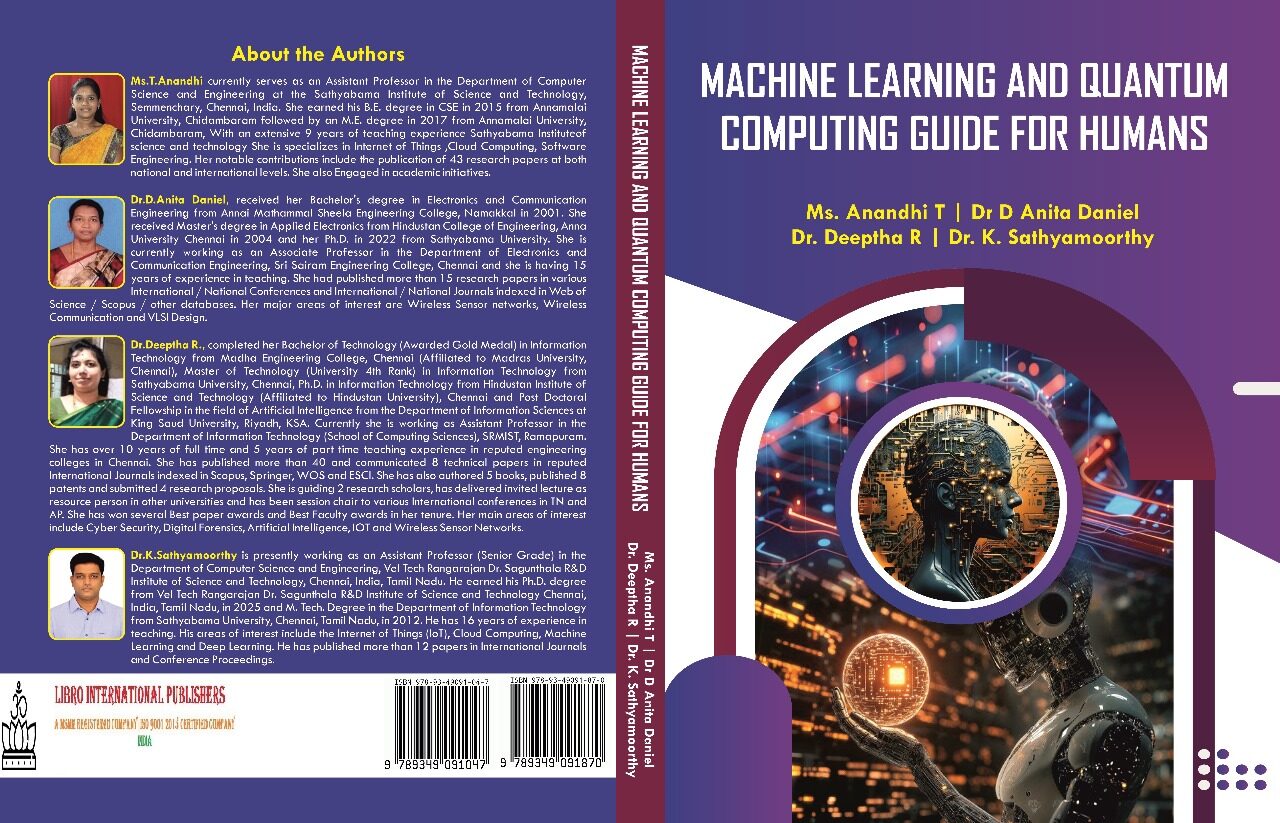
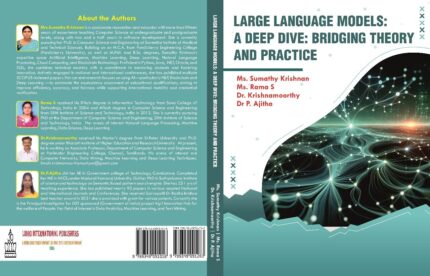
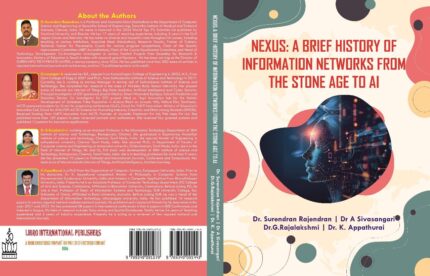


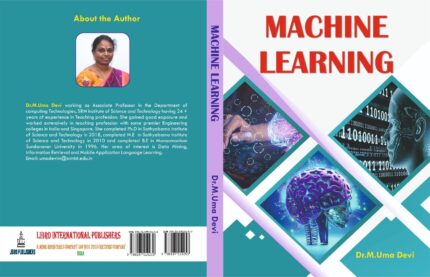
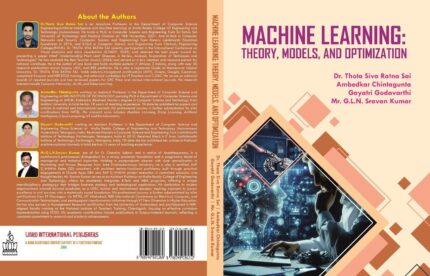
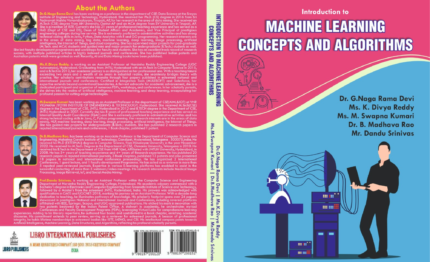


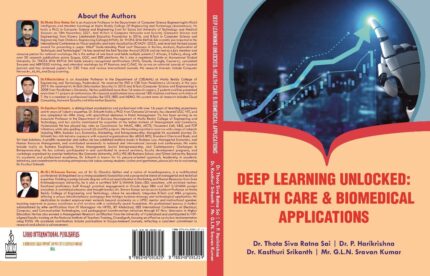

Reviews
There are no reviews yet.